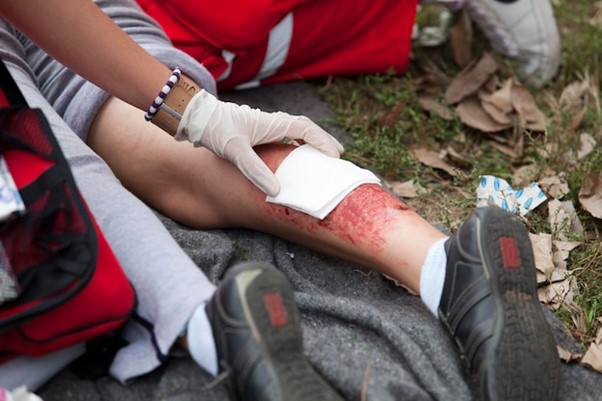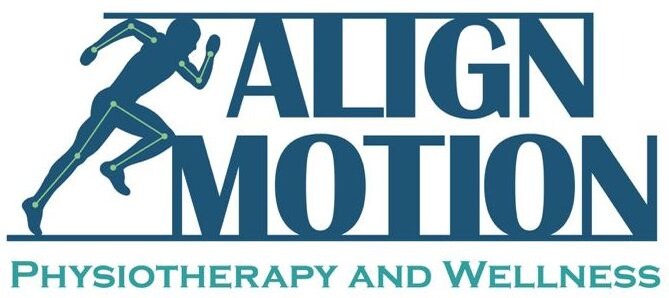Burn Injuries

Burn injuries are a form of trauma caused by heat, chemicals, electricity, or radiation. They can range from minor to life-threatening, requiring varying levels of medical intervention and long-term care.
Causes of Burn Injuries include exposure to flames, hot liquids, steam, hot surfaces, chemicals, electricity, and radiation. Common scenarios involve house fires, scalding accidents, industrial mishaps, and contact with corrosive substances.
Classification of Burns is based on depth and severity:
- First-degree burns affect only the outer layer of skin (epidermis), causing redness and pain.
- Second-degree burns penetrate the epidermis and damage the underlying dermis, leading to blistering, severe pain, and swelling.
- Third-degree burns destroy both the epidermis and dermis, reaching deeper tissues, and may appear white or charred with reduced pain due to nerve damage.
- Fourth-degree burns extend into muscles, bones, and tendons, often resulting in significant functional impairment and requiring extensive surgical intervention.
Treatment of Burn Injuries varies by severity. Initial first aid includes cooling the burn with running water, avoiding ice, and covering it with a clean cloth. Medical treatment for more severe burns involves wound cleaning, pain management, and preventing infections with topical antibiotics and sterile dressings. Severe burns may require surgical procedures such as debridement, skin grafting, and reconstructive surgery. Fluid resuscitation and nutritional support are crucial for extensive burns.
Recovery and Rehabilitation focus on physical and psychological healing. Physical therapy helps restore mobility and function, while occupational therapy aids in performing daily activities. Psychological support addresses trauma, anxiety, and depression common in burn survivors. Scar management, including compression garments and laser therapy, is often necessary to improve aesthetic outcomes and mobility.
Long-term Care includes regular follow-ups, continued physical and occupational therapy, and sometimes additional surgeries. Emotional and social support play a vital role in helping burn survivors reintegrate into their communities and regain their quality of life.
Burn injuries require a comprehensive and multidisciplinary approach to treatment and rehabilitation to ensure the best possible recovery and long-term outcomes for survivors.

